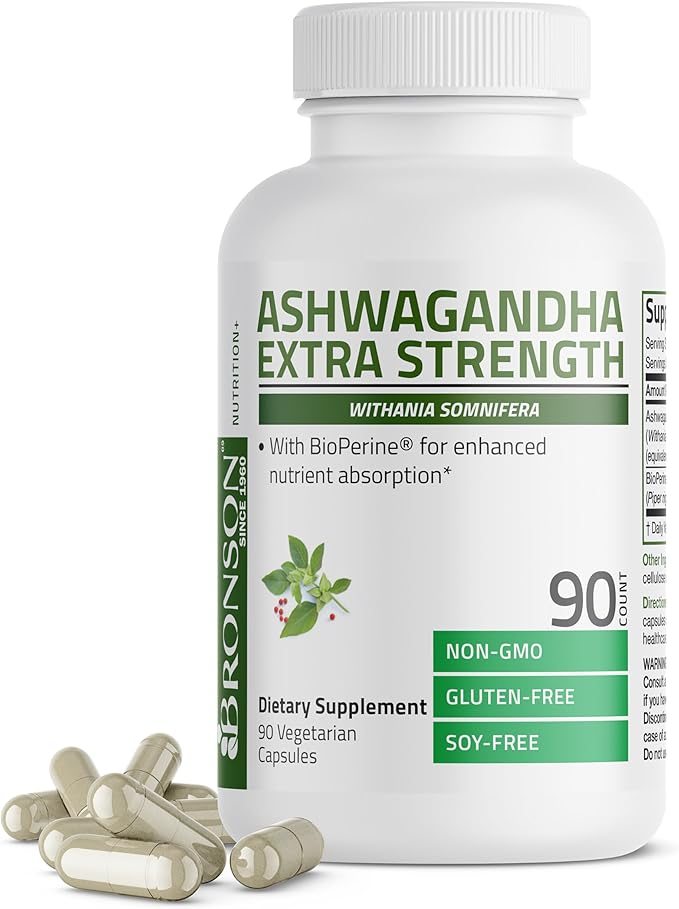Can you take Fish Oil and Eicosapentaenoic acid (EPA) together?
Interaction Details
Taking Fish Oil and Eicosapentaenoic acid (EPA) together has a very high potential for synergy as EPA is a key component of Fish Oil, suggesting a rating of 5 out of 5.
EPA is one of the main active ingredients in Fish Oil, responsible for its anti-inflammatory effects. When taken together, the supplemental EPA can enhance the overall EPA content, potentially amplifying the anti-inflammatory benefits. The synergy is largely due to the cumulative effect of EPA from both sources, working together to modulate inflammation and support heart health.
Potential Benefits
Potential Risks
Fish Oil
Fish Oil is a dietary supplement extracted from fatty fish, rich in omega-3 fatty acids, particularly EPA and DHA, essential for various bodily functions.
Eicosapentaenoic acid (EPA)
Eicosapentaenoic acid (EPA) is an omega-3 fatty acid found primarily in fish and fish oil supplements. It plays a crucial role in reducing inflammation and promoting heart health.
